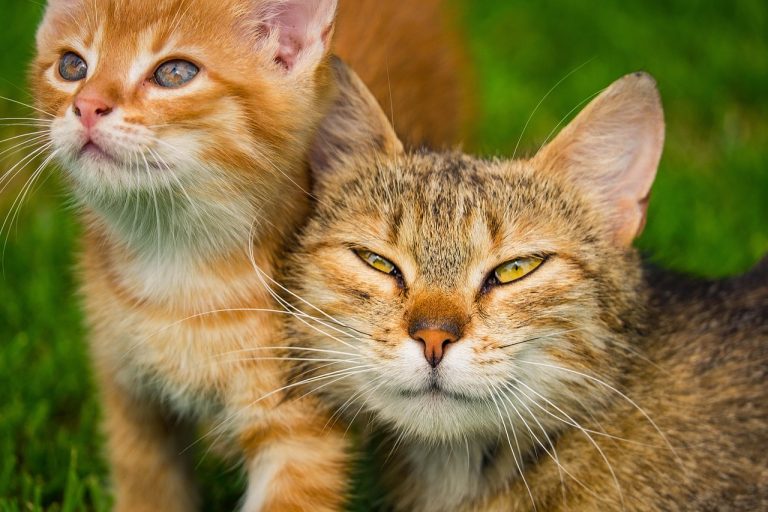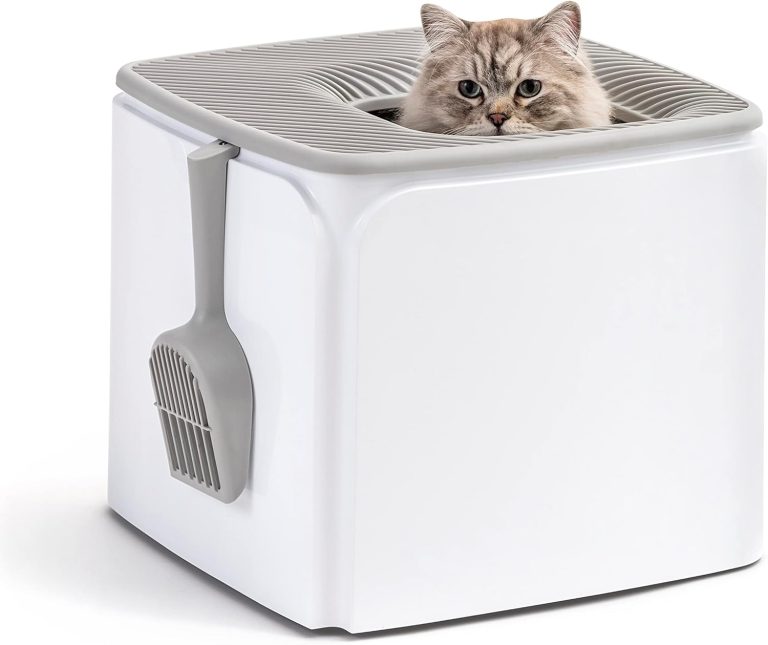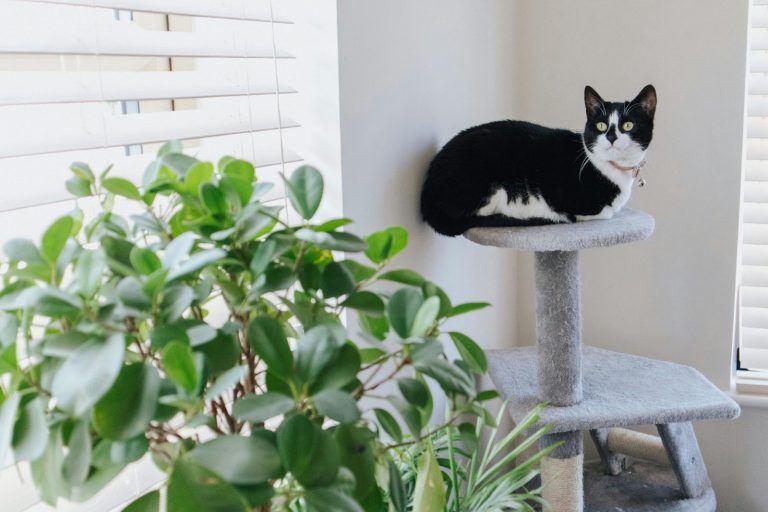Why Kittens Lose Their Teeth
Don’t worry — it’s totally normal.

A friend called me over the weekend frantic about her new kitten. I asked her what the problem was, to which she replied, “My kitten is losing teeth!”
She had just adopted her the week before and on Saturday found some of the kitten’s teeth stuck in a toy. She checked the kitten’s mouth and found more missing teeth and was worried that her kitten was sick from an infection or virus.
Kittens lose their teeth as a normal part of their development. Teeth can start coming in within a few weeks of birth. As these teeth grow, the mother may experience discomfort when nursing and start weaning the kittens.
A few weeks later (or as early as 3 months old) these baby or “milk” teeth may start coming out as adult teeth start growing in. Teething durations can vary, but typically kittens lose teeth between 3 and 9 months old. They may chew on items more frequently to counter the discomfort they feel of emerging or loosening teeth.
Some kittens have teeth that do not fall out. These retained teeth are usually removed to prevent further dental issues or infections, or to ensure the adult teeth come in without obstructions.
If your vet elects to remove these teeth, it is usually done at the same time of the spay and neuter appointment. If your kitten was altered at 6 months and encounters this problem, an additional procedure might be required.

Don’t leave your pet’s safety to chance
Sign up for Petful recall alerts today.

Where Did the Teeth Go?
Lost kitten teeth can appear stuck in carpets or rugs, lodged into their toys, near their eating area or even dangling from their gums. Some of them you may not find at all! Lost teeth can also be swallowed, but this is considered normal and should not cause any health issues.
New, permanent teeth are whiter, thicker and larger than baby teeth. Any gum irritation should pass quickly, but check for any redness, inflammation or discharge from the gum area or inside this cheek. One of these symptoms could be a sign of infection and should not be ignored.
A tooth may also grow in the wrong direction, impact other teeth, or cut the inside of the mouth and be an invitation for germs and infections.
Cats may also paw at their mouths to dislodge a loose tooth, as Penpen here demonstrates:

What Should You Do?
- Check your kitten’s teeth and gums regularly for any sign of irritation, bleeding or discharge coming from the gums or teeth. If you see any of these symptoms, have your vet check to see if any dental procedures are required. In some cases, a simple protocol of antibiotics may be sufficient.
- Start a dental care regimen with your kitten. This is an ideal time to (with any luck) get your kitten used to your fingers touching the mouth, teeth and gums. Some recommendations include using a finger apparatus or gauze to massage the kitten’s gums.
- Before adding any cleaning paste or solution, check the product and check with your vet. Some formulas may be designed for older cats or dogs, or have ingredients harmful to a small kitten. Reading the label carefully may be the difference between clean teeth or a trip to the vet.
- If you have a new kitten, begin brushing now while she’s still young. Not only will it help to acclimate her to the process of brushing, but also starting early can keep her from having dental issues as she matures.








